Abstract Art: 1940s Through Now
Abstract forms have in many ways always been part of artistic composition, and the early twentieth century saw a push towards works rendered solely through colors and forms following centuries of a general yearning to represent the world around us as realistically as possible, from the discoveries of perspective during the Renaissance to photography in the early nineteenth century. However, when Abstract Expressionism developed in the mid-twentieth century it profoundly affected the development of abstract art and artists engaged with ways of approaching their work to further develop the field of abstraction, drawing upon the past while pushing the medium forward. Importantly, Abstract Expressionism was the first specifically American movement to achieve international influence and put New York at the center of the art world, displacing Paris as that artistic center.
Our June 25 sale of Contemporary Art features a quality selection of abstract works. Here, Sarah McMillan, a cataloguer in our prints and drawings department, takes us through some of the abstract highlights and examins how the genre has developed over the decades.
Abstract Expressionists
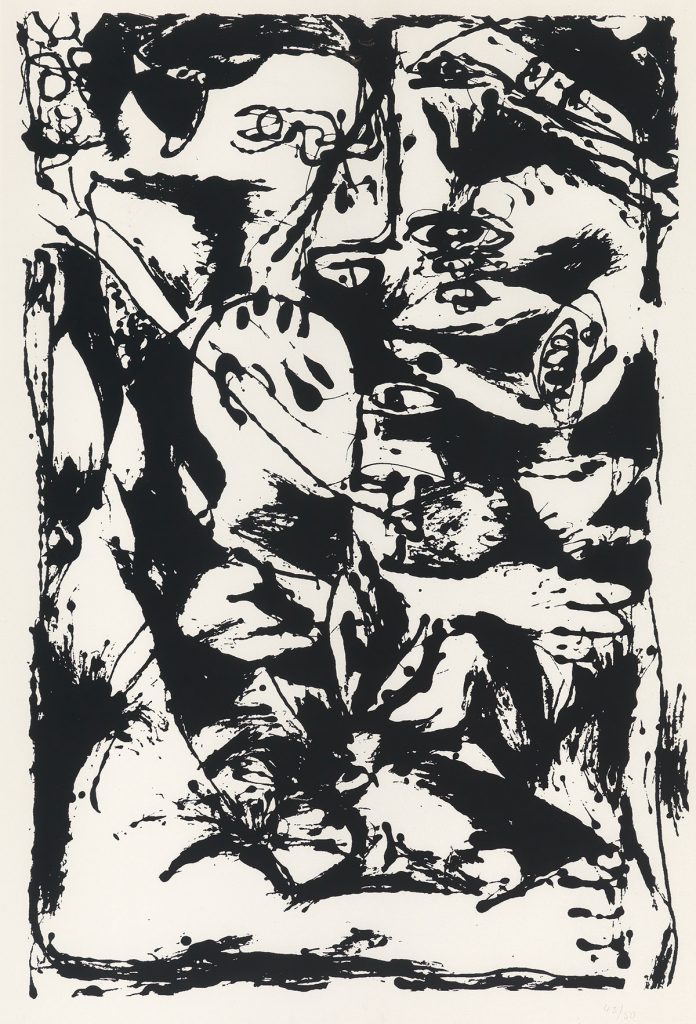
Jackson Pollock is often seen as an icon of Abstract Expressionism—his name is most synonymous with the movement. He, along with Willem de Kooning, are two artists who encapsulate the Post-War Abstract Expressionist movement in America, both captured their composition through improvised movement and gestures. Grace Hartigan had her own sensibility of melding figurative and abstract works throughout her career switching from the purely abstract to art historical references.
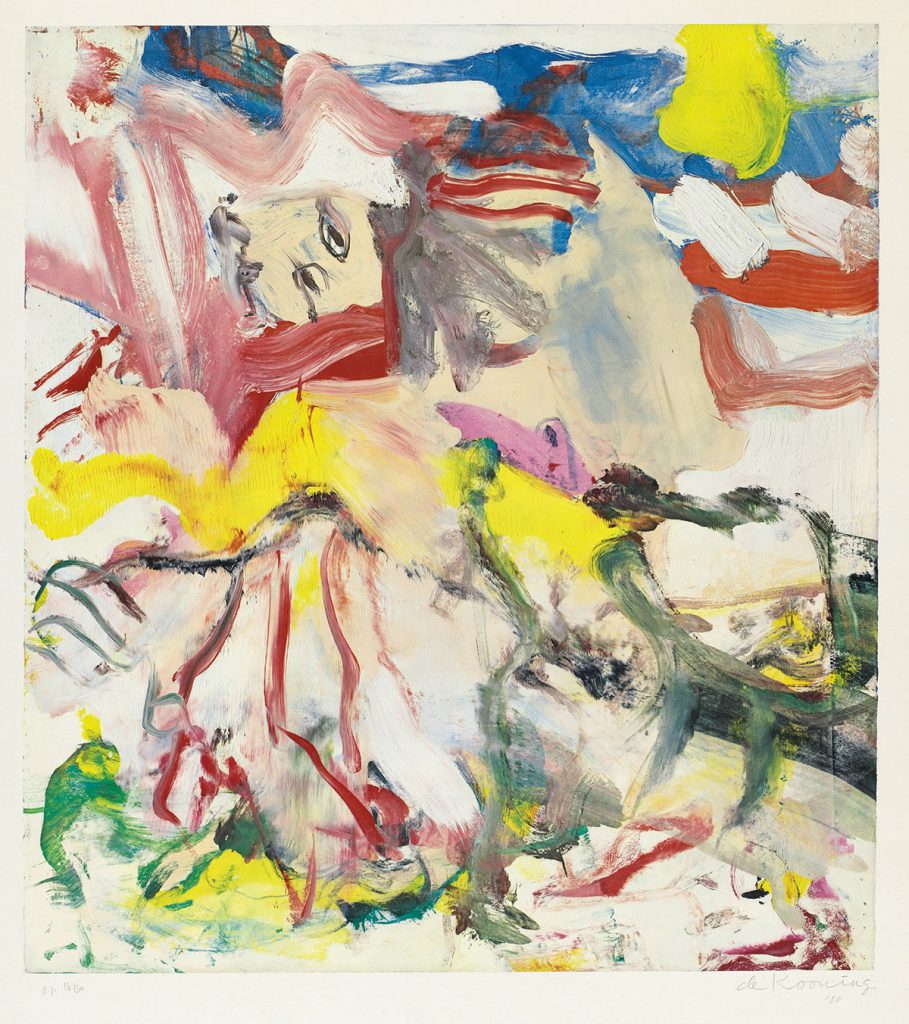
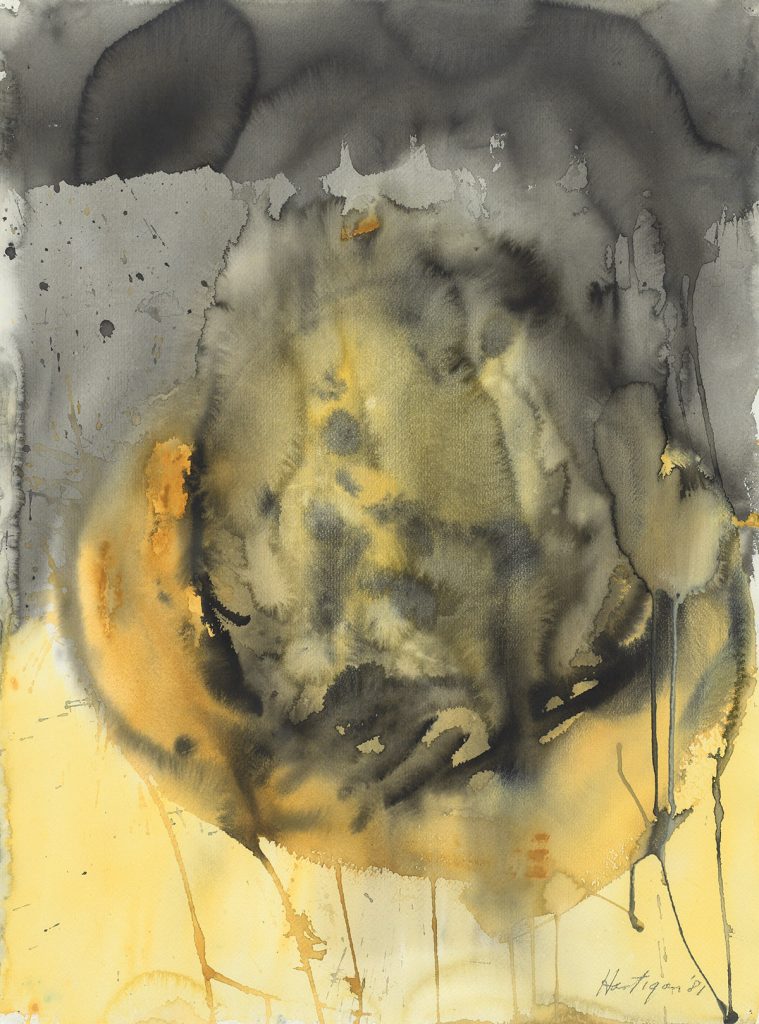
Second Wave Abstract Expressionists
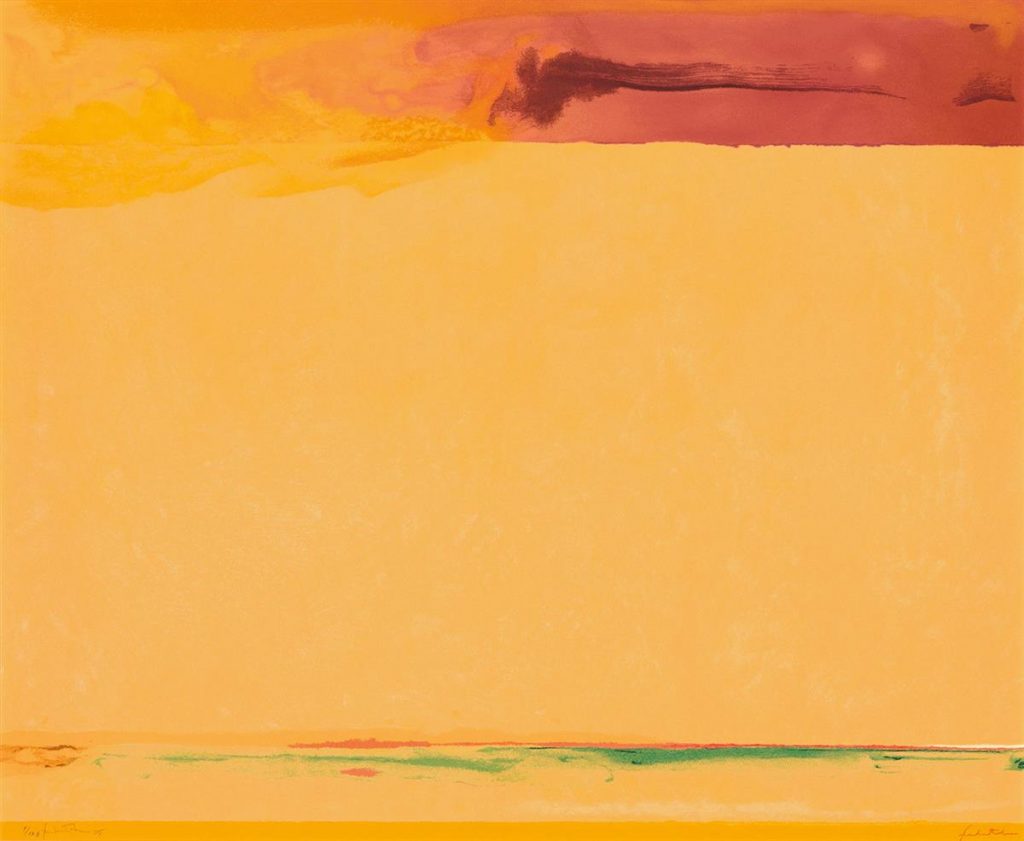
As the 1960s began, so did a new preference of approaching abstraction with the Second Wave of Abstract Expressionists. Already started in the 1940s, by Mark Rothko and Color Field painters, this second group of artists wanted to find the emotions based in ancient myths rather than rely on symbols or figures. It is unique for removing the concept of having a background—rather the subject and the ground are one. Helen Frankenthaler was crucial to the development of Color Field painting with inventing her soak-stain technique, a sensibility that is echoed throughout her graphic work.
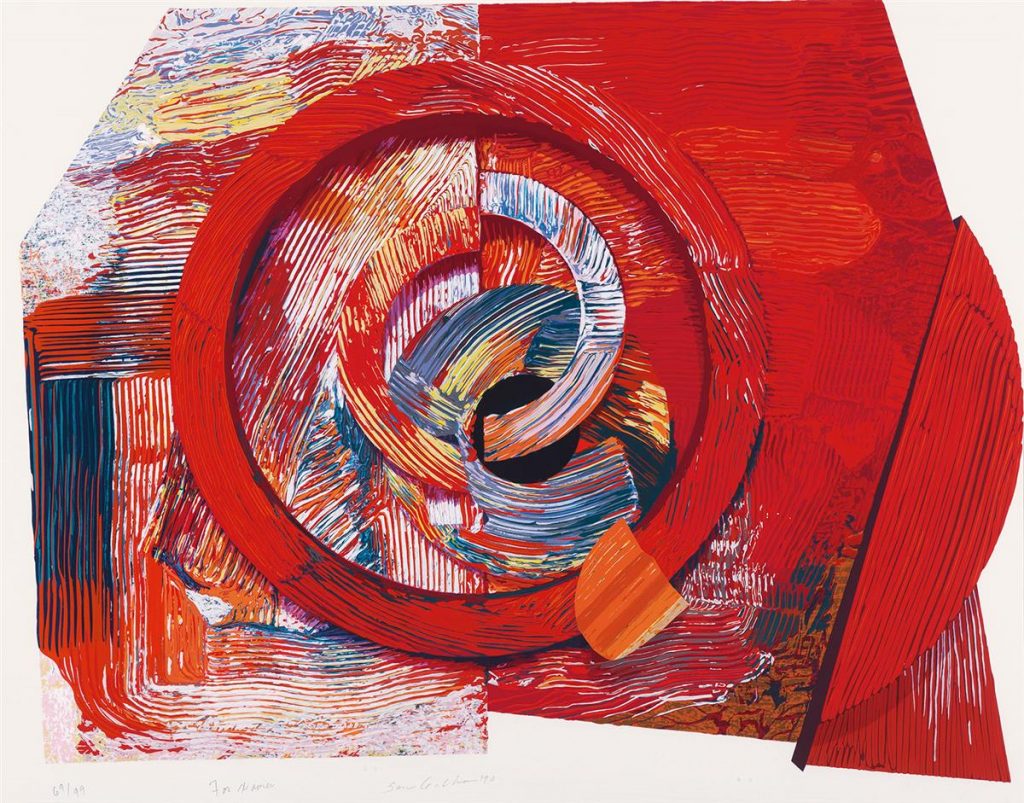
Sam Gilliam built upon this working with the Washington Color School, he brought three-dimensionality to his works by removing his pieces from the stretcher and draping them—hence the name of his Drape Paintings. His works have a lyrical quality to them, playing with movement and texture.
Abstract Expression in Europe
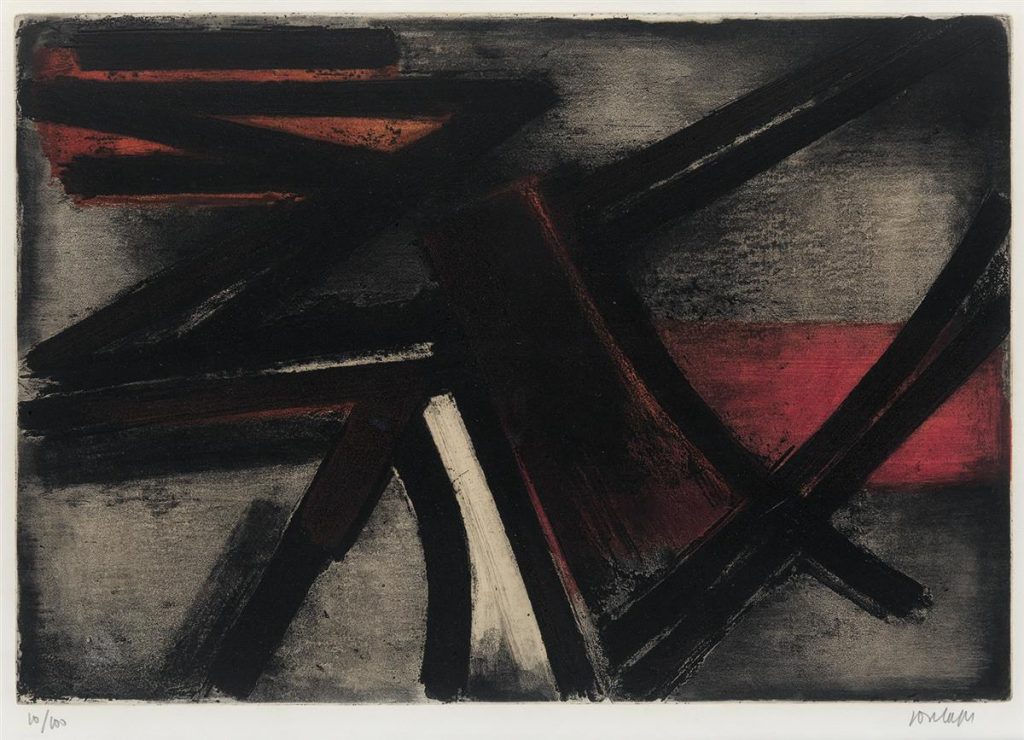
In Europe, on the heels of artistic the surge from New York, abstraction also took hold amongst many artists. Pierre Soulages, known as the “painter of black” as his thick black brushstrokes define his works, became one of the most well-known. Working simultaneously as the Abstract Expressionists in New York, Soulages’ interest in black stemmed from it being a color and non-color that can reflect light in a myriad of ways.

In the 1970s, Günther Förg gained traction in Berlin. He experimented with various forms of abstraction throughout his career typically rendered in bright colors.
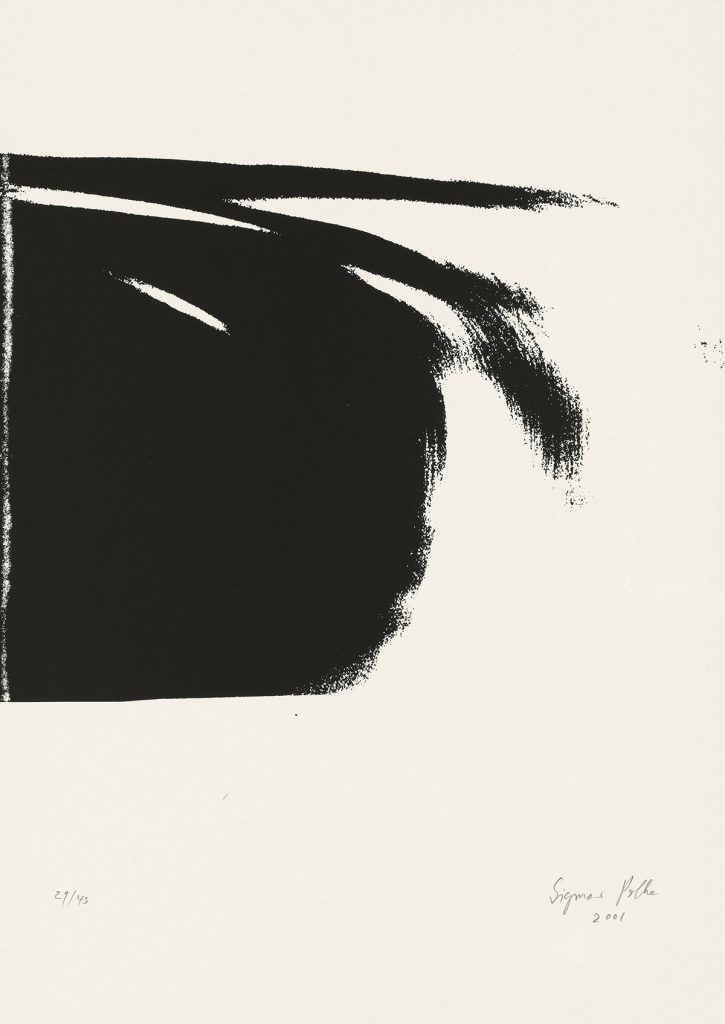
As the twentieth century progressed into the 1970s and 1980s, artists continued to play with abstract form. Sigmar Polke experimented with many styles throughout his career, some abstract, some not. He relished experimenting with different means of expression through his materials and form, abstraction being one of them.
Abstract Art in the Twenty-First Century
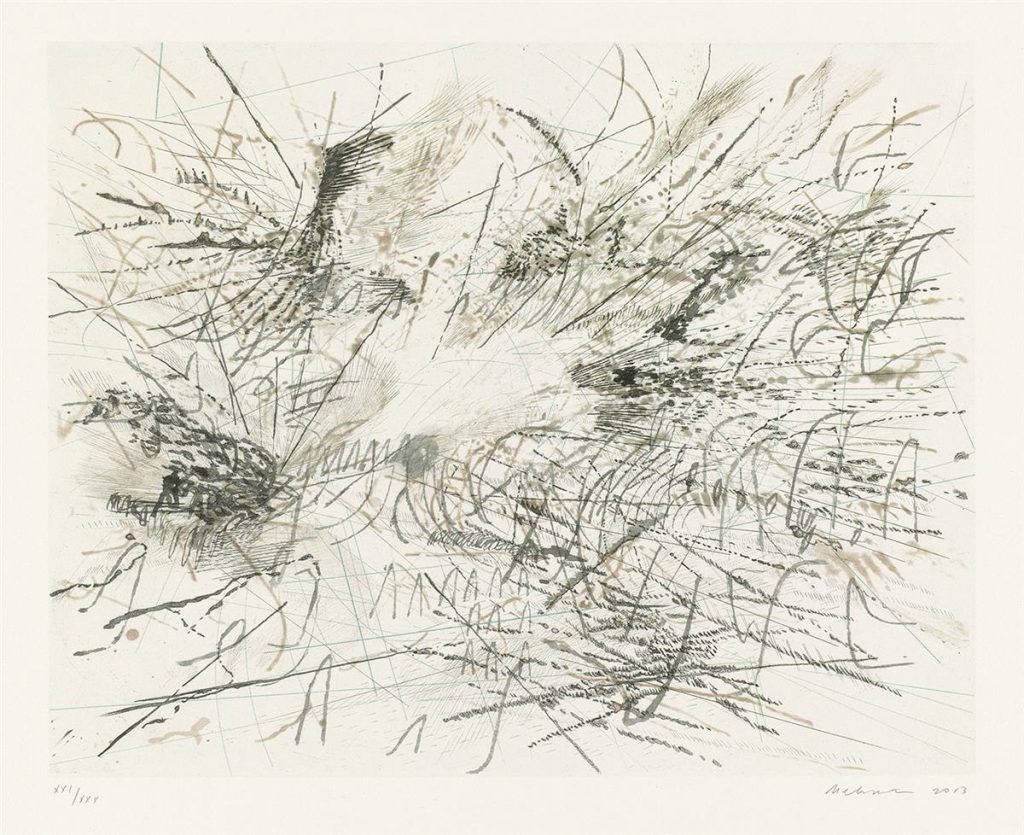
Into the twenty-first century, the interest in abstraction continues to be seen, with artists also melding of abstraction with back figurative inspiration. Julie Mehretu’s work has roots in landscapes and socio-political events but is rendered in an abstract form reminiscent of the earliest Abstract Expressionist painters with its focus of gestural expression and an indebtedness to the Abstract Expressionist artists decades before her, notably Joan Mitchell.
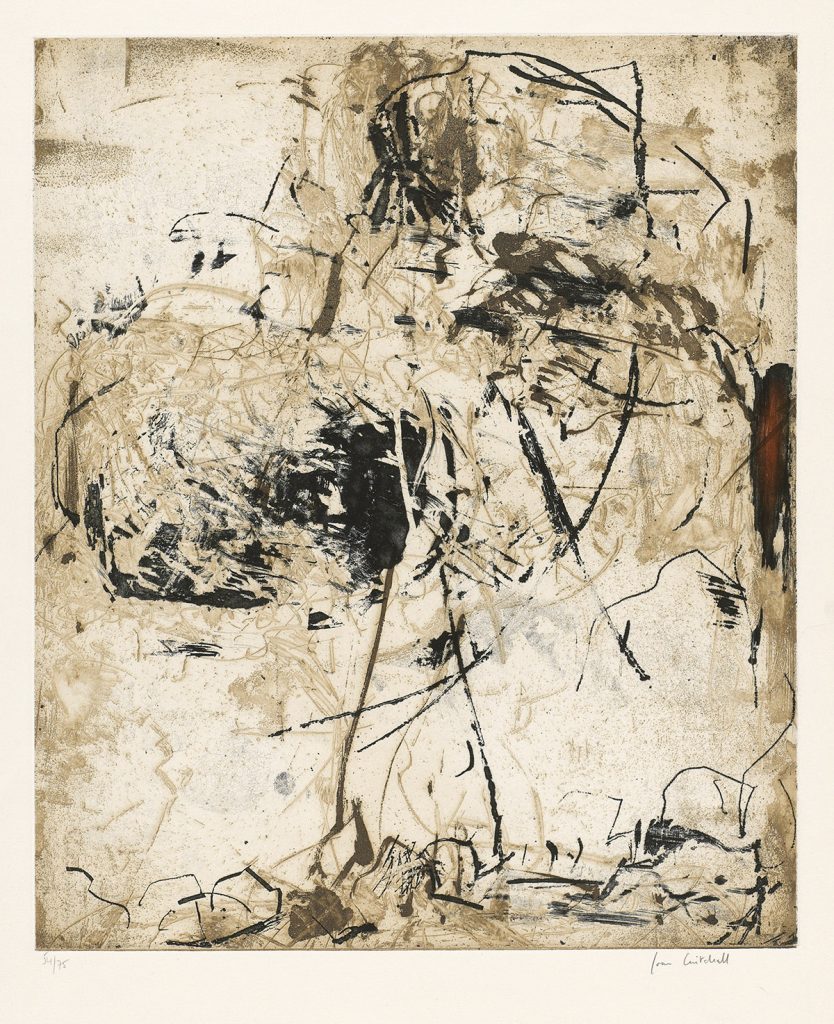
Do you have an abstract work we should take a look at?
Learn about how to consign to an auction, and send us a note about your item.
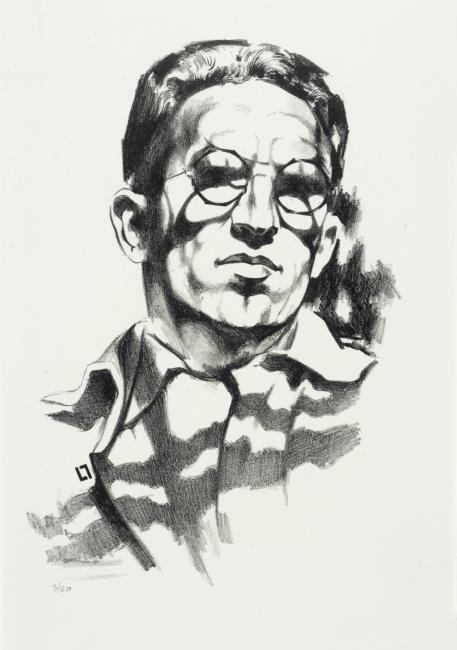
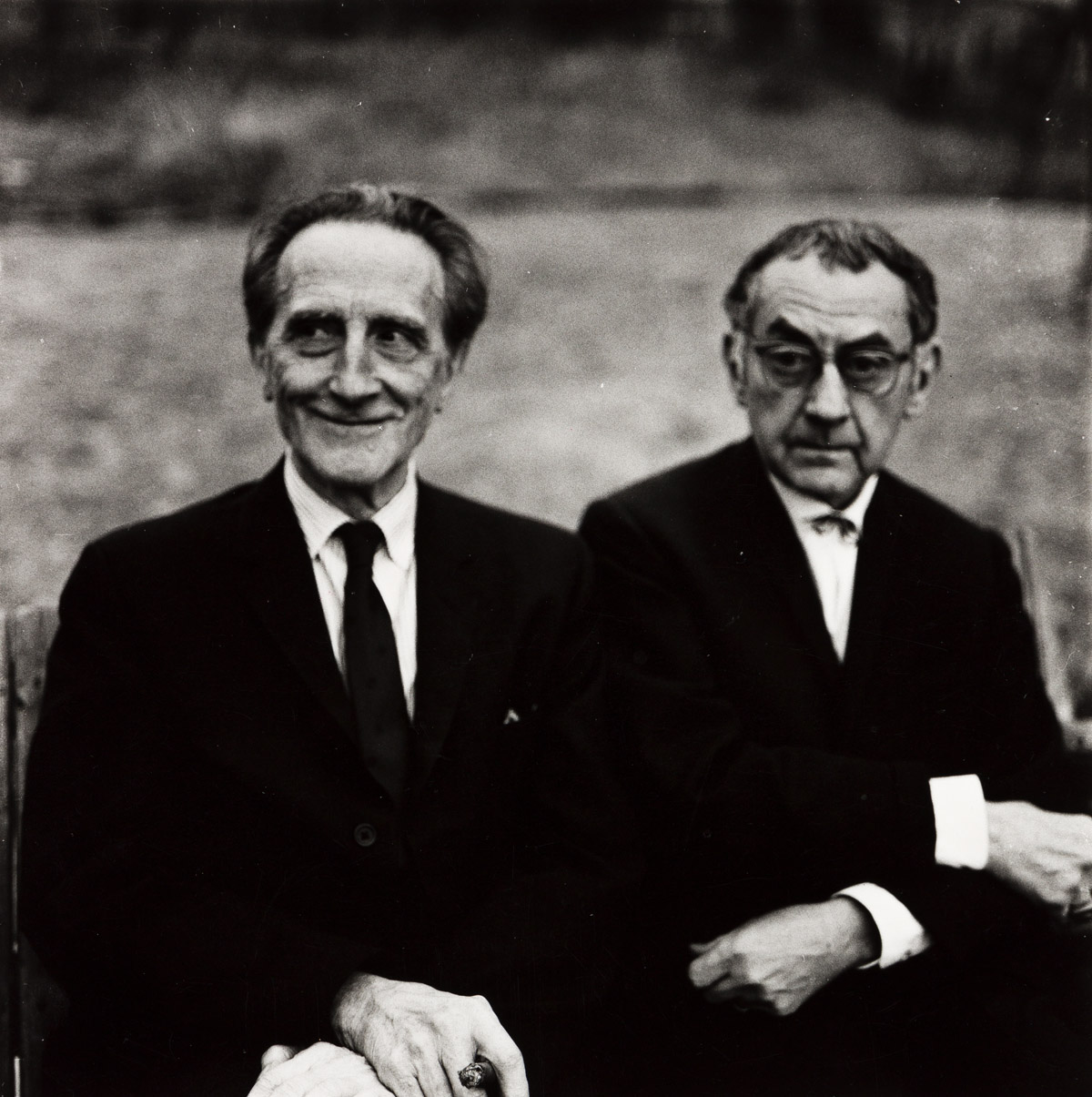
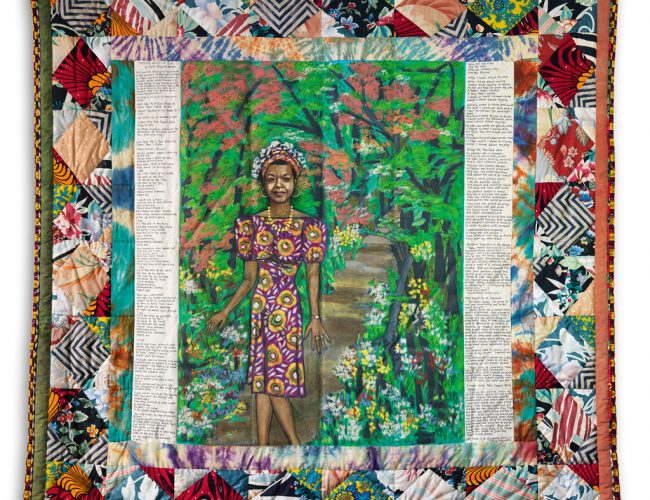










![Grace Meschery-McCormack shares about two copies of Fernando de Rojas’s ‘La Célestine,’ including a limited edition copy illustrated by Pablo Picasso.
At auction April 22. Learn more about the works at the link in our bio.
#Rarebooks #rarebookdealer #antiquarianbooks #auctions
_______________________________________
Music Credit:
Schubert - Piano Quintet in A major ‘The Trout’, D. 667 - IV. Andantino – Allegretto
Music provided by Classical Music Copyright Free on Youtube [https://tinyurl.com/visit-cmcf]
Watch: • Schubert - Piano Quintet in A major ‘...]](https://scontent-iad3-1.cdninstagram.com/v/t51.75761-15/491443494_18499096345036585_5935932878956098058_n.jpg?stp=dst-jpg_e35_tt6&_nc_cat=107&ccb=7-5&_nc_sid=18de74&_nc_ohc=OlBShB8qEWAQ7kNvwHbrXqd&_nc_oc=Adn09Fh3YL-11OkpQcrYGgFN9beLpm0IfGUn2bwN7iJs6d4v8qMeP8kSYmCw82y2ewU&_nc_zt=23&_nc_ht=scontent-iad3-1.cdninstagram.com&edm=AM6HXa8EAAAA&_nc_gid=r8Tt-Uqu_tzwtj1-lggHvQ&oh=00_AfG-G901S-PG4w4FZroevMi-ZyC7KefafkPmQJ6WV9K6nw&oe=681C3851)




